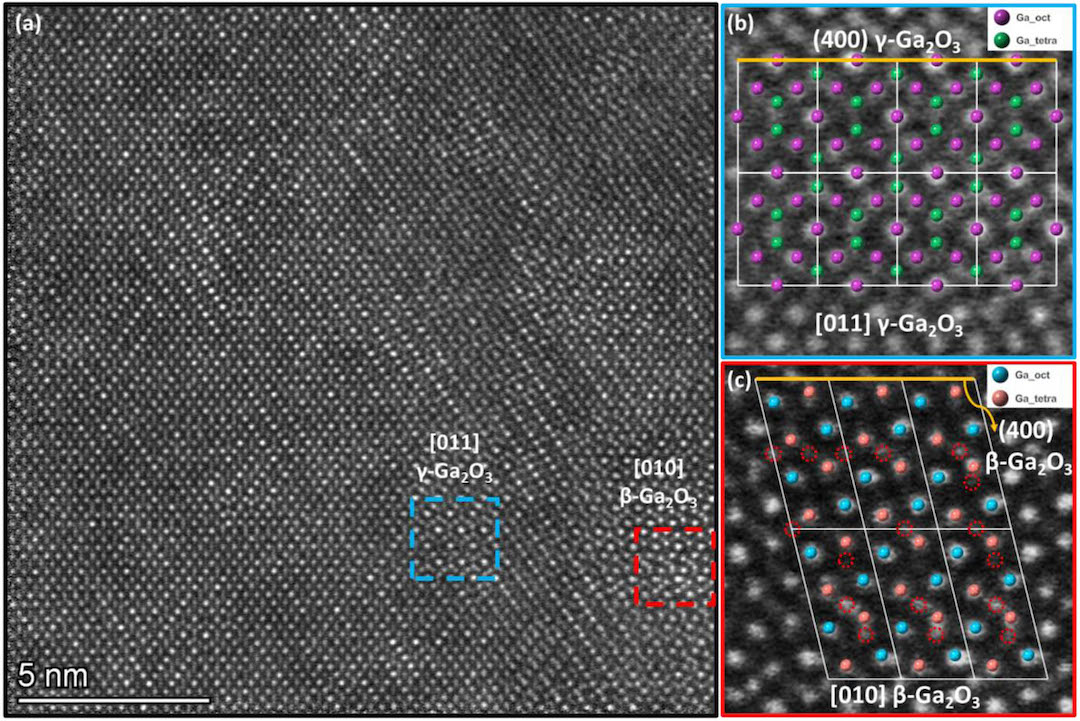Exploring alternatives to silicon semiconductors
Monica Cooney
Feb 28, 2024
Because of their ability to be more compact, reliable, and efficient than silicon-based electronics, a class of compound semiconductors, called wide-bandgap semiconductors, is replacing silicon in situations where high efficiency in extreme conditions is essential. Wide bandgap semiconductors reduce costs and lead to more energy sustainable products for a wide range of applications, such as electric vehicles, energy transmission, and fiber-optic communications.
Beta-gallium oxide (β-Ga2O3) is an emerging ultra-wide-bandgap semiconductor material that has many advantages for use in high-power electronic devices. While gallium oxide exists in different forms, the beta variation has unique properties and stability that makes it desirable for use in these scenarios. For example, its ultra-wide bandgap is beneficial for high-power and high-temperature applications.
Researchers in the Materials Science and Engineering department at Carnegie Mellon University are exploring ways to produce gallium oxide semiconducting films and their structural properties. Using a variety of characterization techniques, a recent study from Lisa Porter and her research group analyzed various phases of gallium oxide, finding that there are specific conditions where thin films of certain phases are produced.

Source: APL Materials - https://doi.org/10.1063/5.0180922
High-magnification HAADF-STEM images along the [010] zone for the film grown at 470 °C showing (a) a β-Ga2O3 inclusion inside the γ-Ga2O3, (b) magnified region of γ-Ga2O3 with the overlaid schematic crystal model of γ-Ga2O3, and (c) magnified region of β-Ga2O3 with the overlaid schematic crystal model of β-Ga2O3.
“A detailed understanding of the mechanism of gamma-phase inclusions and their elimination is crucial for fabricating beta-gallium oxide devices with replicable properties,” notes Jingyu Tang, a doctoral student who contributed to the research.
In this study, a complete analysis of the epitaxial relationship between gamma-gallium oxide and beta-gallium oxide was carried out using atomic-scale scanning transmission electron microscopy and x-ray diffraction.
“The similarity of their in-plane atomic arrangement and the site preference of the incorporated dopant atoms played a vital role in the coexistence of gamma- and beta-phase,” said Tang.
Through their recent work, Porter’s research group reveals the crystallographic relationship between the beta-phase and gamma-phase of gallium oxide. This relationship appears to underpin the frequently observed intermixing of the two phases in gallium oxide thin films. It is hoped that the results may be used in the future to eliminate gamma-phase inclusions in beta-gallium oxide films and thereby enhance the performance of electronic devices based on this new semiconductor material.
